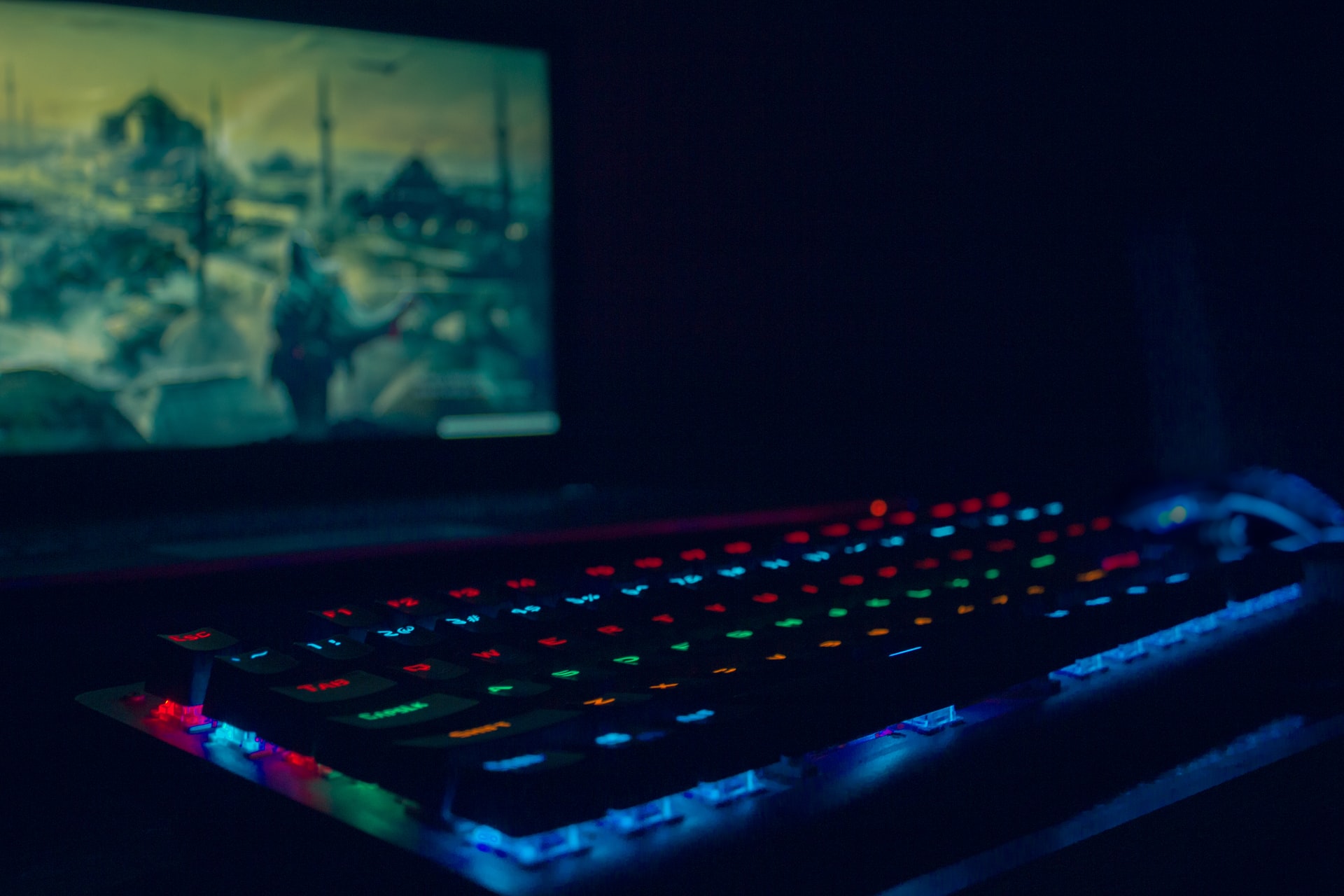A Guide for Building Your Own PC
If you’re in need of a new desktop computer, you might be preparing yourself for extensive online research about model recommendations and which PC to invest in; but have you ever considered building your own PC? There are many advantages to building your own computer, and if you really enjoy a challenge and want a new project, building your own PC could be the right thing for you.

What are the Benefits of Building Your Own PC?
Building your own PC can be a better investment than buying outright. This is because you can add value to the overall system by picking and choosing valuable parts and building the ultimate machine. Not only that, but the flexibility of building your own PC means you can get exactly what you want from a desktop computer in terms of specifications and power.
Building your own PC provides an ongoing project and reward, too. You can continually work on your PC and upgrade it whenever needed, meaning a tailored machine built to last.
Which Starting Points Should You Consider?
A good question to start is, what do you need your PC for? Is it going to be a custom gaming PC, a PC for work and simple browsing, or a combination of the two? Knowing the purpose of your PC will help you to choose the right components.
Another crucial starting point is your budget. How much money do you have to invest in building your PC? If there are vital components you can’t afford yet, do you need to wait and save up for them?
How Do You Get Started?
To start, here is a checklist for key components that you will need to build your PC:
-
Motherboard
-
RAM
-
Graphics Card
-
CPU
-
Power Supplies
-
Hard Drive
-
Cooling System
-
Tower Casing
-
At least one monitor
-
A mouse
-
A keyboard
-
The tools needed to put together
This may seem like an overwhelming amount of information, but if you break it down into each part, you can then do the relevant research. Not sure where to get all the bits you need to make your computer? You can use this datasheet lookup tool, one of the fastest search engines for electronic parts that thousands of manufacturers and distributors have on offer for you, and find everything you need at the click of a button.
3 Key Starting Steps
-
Buy the Individual Parts
Make sure to buy one of everything listed above. To find the right models for you, be sure to think about key questions such as how much power you need, how much memory and storage, and how big you want your build to be. This might take extensive research and comparisons over parts.
-
Find Tutorials
Next, you’ll need to know how to put it all together. If you’ve never built a PC before, you’ll need a little help to make sure you can get it right. Watching tutorials, such as online videos, can be a great help for visual instruction.
Also, consult the manuals and information provided with each individual part.
-
Operate Power Supplies Safely
Before you begin building, make sure you know how to handle all electrical components safely. Understand about grounding and making sure everything is safe.
For a successful PC build, research and instruction are key. Once you have all the right parts, watch as many tutorials as you need to, and have fun building your own machine.

